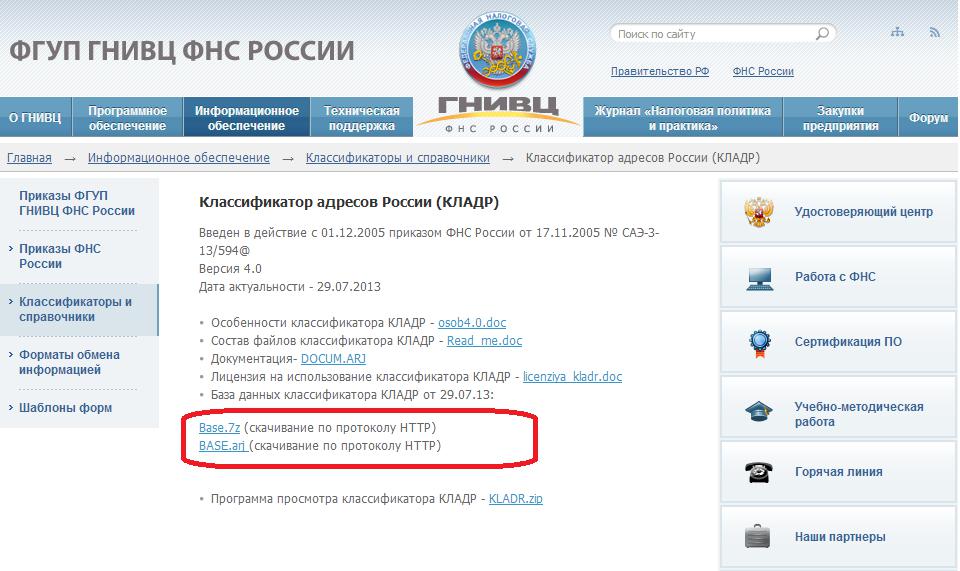Activities in the commercial, tax, state sphere are associated with work with a large number of legal addresses. Here it is important not only to find them quickly, but also to indicate them correctly. Classifier of addresses of Russia KLADR helps with this. We will talk in detail about what it is, we will analyze the features, consider how to use the KLADR, in which it can be useful.
What is a CLADER?
How is the abbreviation deciphered? KLADR - classifier of addresses of Russia. This is a document of the Federal Tax Service of the Russian Federation, which was created for the distribution of jurisdictional territories between tax inspectorates, as well as automated delivery of correspondence.
It is also successfully used in accounting programs - "Taxpayer YL", 1C and so on. The classification system here is hierarchical. KLADR objects are:
- apartments;
- houses;
- housing;
- rural areas;
- streets;
- urban-type villages;
- areas;
- cities;
- subjects of the federation and so on.
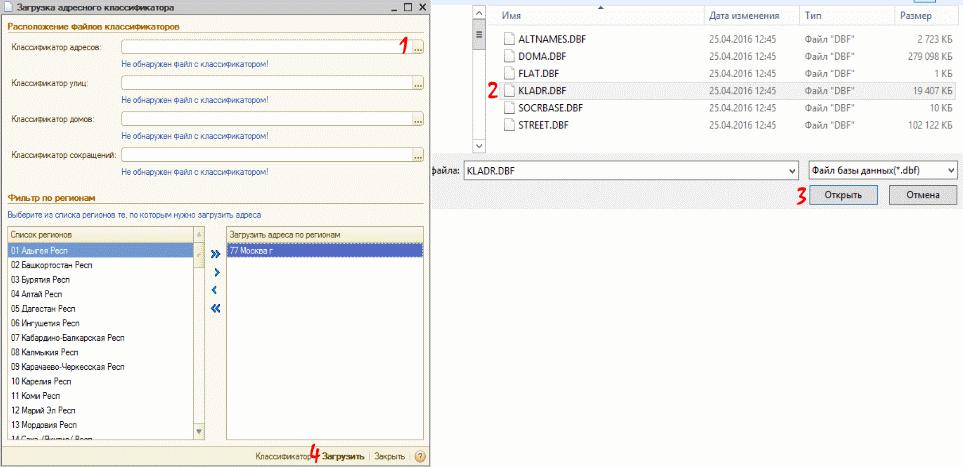
What is the structure of the classifier?
What is a CLADER? These are objects divided into six levels:
- Here are the names of federal significance: regions, republics, autonomous regions and districts, territories, as well as Moscow, Baikonur and St. Petersburg.
- At this level are areas of the above constituent entities of the federation.
- What is here? Cities and towns of regional and regional subordination, rural districts and administrations.
- Here are located cities, as well as urban-type settlements that are subordinate to the self-government of cities of the 3rd level, other rural settlements.
- Streets of cities, towns, rural points.
- Street houses of the above settlements. However, this information falls into the classifier only if one street is divided between several tax inspectorates.
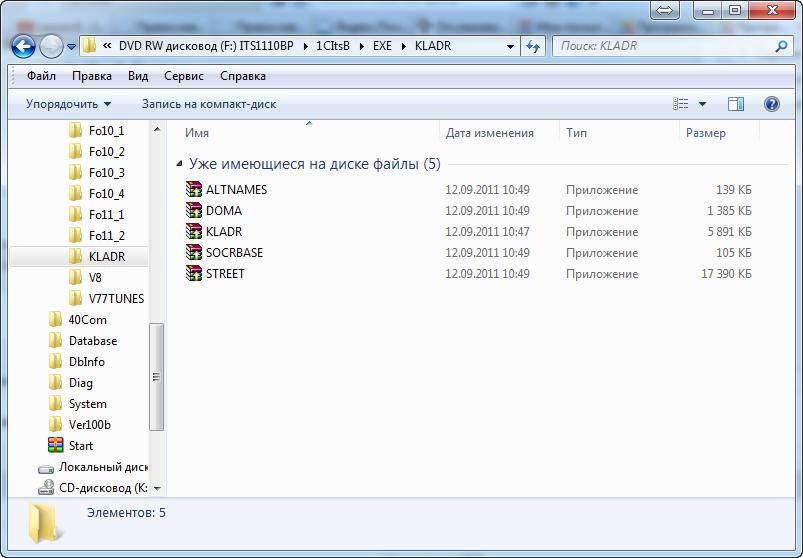
What does the CLADER look like?
We continue to analyze what CLADER is. The classifier is supplied in DBF format files. Their feature is a periodic change in composition with an unchanged structure.
Six varieties of these files can be distinguished:
- KLADR - objects 1-4 levels of the above structure.
- STREET - 5th level of the classifier.
- DOMA is the sixth level from the list above.
- FLAT - apartment numbers of residential buildings.
- SOCRBASE - contains objects with short names of address types.
- ALTNAMES - here is information about the correspondence of the record codes to the new and old names of addresses.
Classifier codes
To use the CLADER of addresses, it is necessary to distinguish its code designations.
The structure from files of the Kladr.dbf type is represented as follows: 11 222 333 444 55. We will analyze it:
- 11 - code of the subject of the Russian Federation;
- 222 - area code;
- 333 - city code;
- 444 - code of another locality;
- 55 - code of relevance of the name.
The designation structure of Street.dbf files is somewhat different: 11 222 333 444 5555 66. Decipher:
- 11 - code of the subject of the Russian Federation;
- 222 - area code;
- 333 - code of a specific city;
- 444 - code of another locality;
- 5555 - code of the required street;
- 66 - code of relevance of the name.
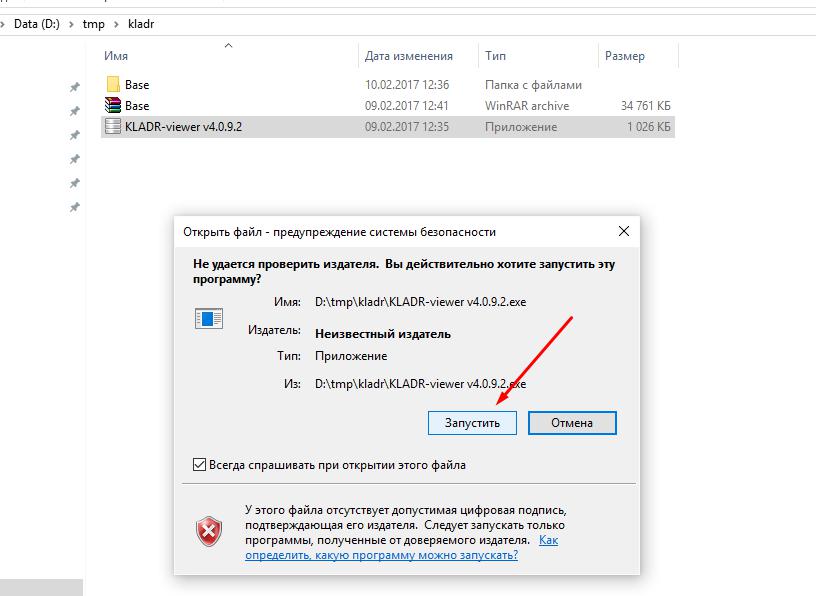
The last value (55 and 66) can be represented by a number from 00 to 99. Moreover, the current name means only the encryption 00.
The following remarkable properties of the classifier should also be noted:
- OKATO codes, postal codes, inspection numbers correspond to the address elements in KLADR.
- In separate fields of the classifier, you can see the marks highlighting the regional and district administrative centers.
How to use the classifier?
What is a CLADER? This is a classifier that is in the public domain.You can find it on the official website of FSUE GNIVTS of the Federal Tax Service of the Russian Federation. Files are generated from the FIAS database. Their update occurs every week.
Note that in KLADR it is impossible to find an address that has at least some degree of secrecy. Also, only the names of closed administrative-territorial entities are indicated here.
Although KLADR contains postal codes and OKATO codes for the entire diversity of settlements, it is important to highlight that this information contains a lot of inaccuracies. It is possible to mark real addresses as nonexistent.
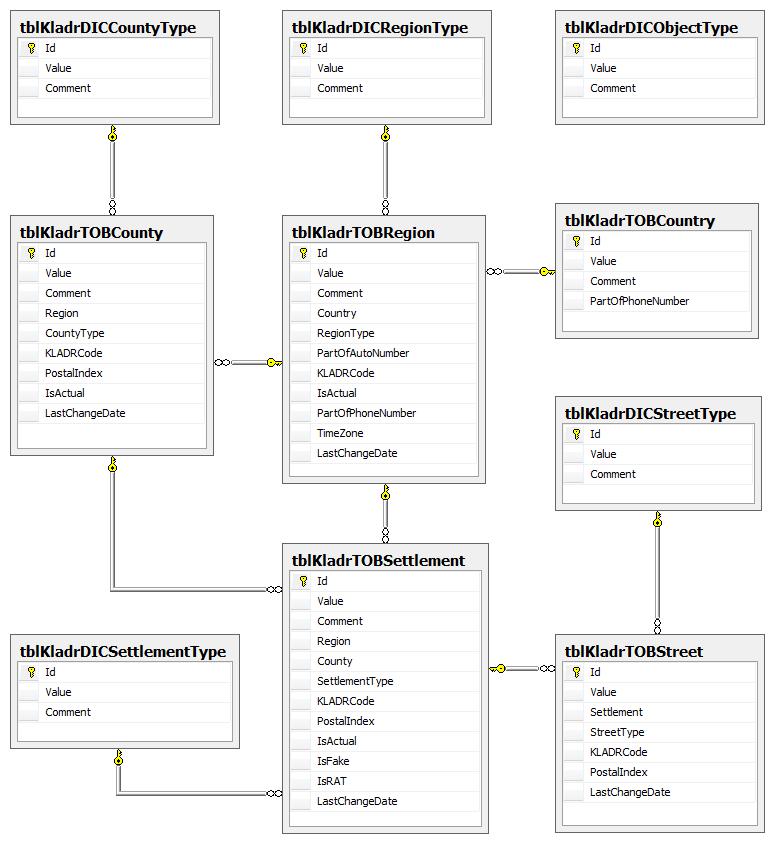
CLADER Functions
We also note the important functions of the CLADR address classifier:
- Unification of methods for storing and processing address data.
- Reducing the volume of targeted Russian information.
- Automatic support for the relevance of address data.
- Ensuring the correct entry of address information operators.
- The ability to search and sort information by address.
- Ensuring mutual exchange of address data with other departmental facilities.
- Standardization and unification of the system of notation of elements, structure of the address space of the Russian Federation.
- Ensuring the use of the Unified Addressing System in state bodies of the Russian Federation, in interested organizations, at enterprises.
KLADR and FIAS
In 2013, a transition was made to the new registry - the Federal Information Address System. It was built on the same type as the KLADR. The advantage of FIAS is that it uses a unique identifier that no longer allows for inaccuracies in the address. The last, however, often committed the KLADR.
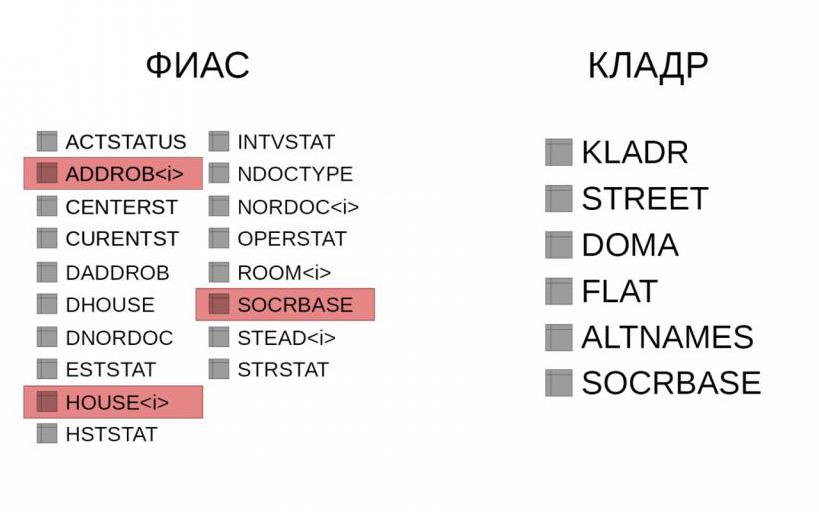
But this is not his only annoying misunderstanding. In the old address classifier, another “bug” was also noticed - several different addresses that refer to one object suddenly turned out to be different objects. The FIAS also fixed this. The introduction of timestamps is also characteristic of the new system, which is important for tracking the chronology of renaming address objects.
Thus, today FIAS still prefer KLADR. However, the old classifier is still relevant, regularly updated and available for free download. You already learned some features of its structure, gradation, important code designations, and in particular, the rules for working with KLADR from this article.
